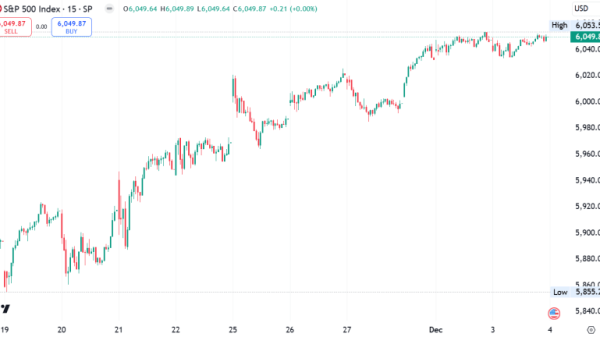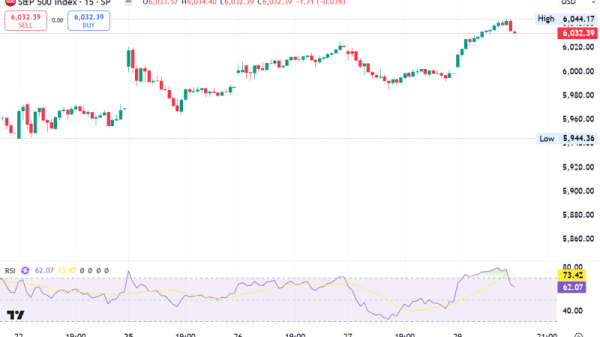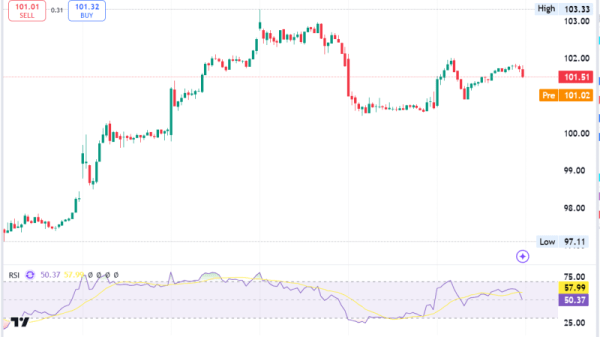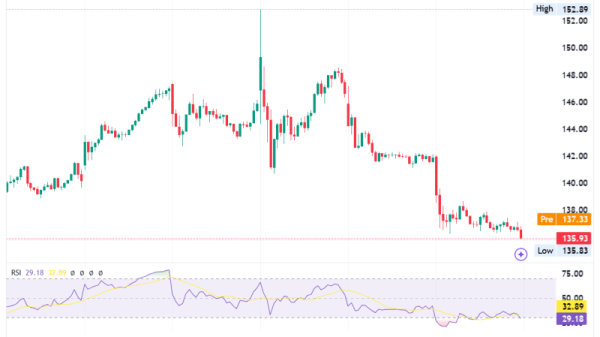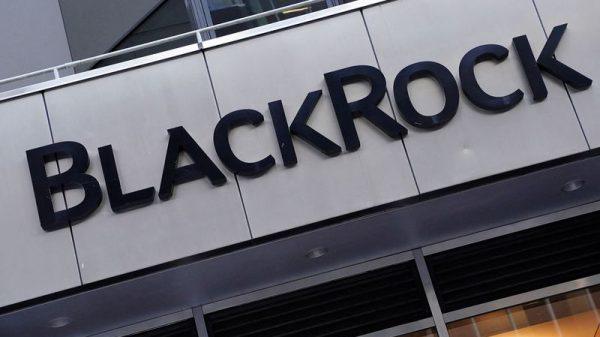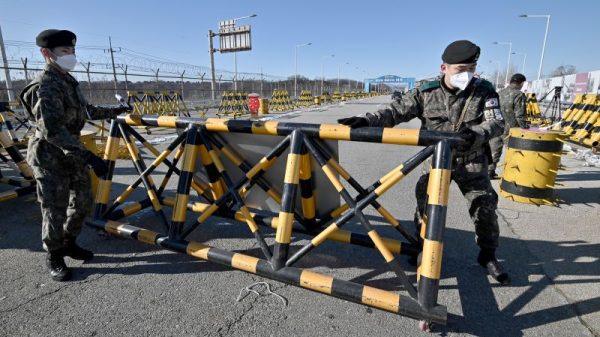Investing.com — Jefferies analysts delved into the Eaton (NYSE:ETN) Fire in Southern California and the state’s wildfire funding framework. Based on a conversation with Bob Marshall, CEO of Whisker Labs, their analysis explored fire causation, utility involvement, and the intricate “waterfall” funding mechanism under California’s wildfire policies.
According to Jefferies, Whisker Labs’ data “does not find evidence of a major transmission line fault prior to the Eaton Fire,” aligning with Edison International’s (EIX) preliminary report.
The company’s Ting devices detected faults west of Eaton Canyon before the fire began. However, these faults were associated with distribution lines, and the analysts noted, “it still could be that SCE was not de-energized at the distribution level,” though this risk appears minimal.
The Hurst Fire presents a different case, with smaller damage (~800 acres vs. 14,000 acres for the Eaton Fire) and clearer ties to Southern California Edison (SCE).
A key policy issue is the inconsistency in wildfire mitigation efforts between investor-owned utilities (IOUs) and municipal utilities. Municipal utilities like Pasadena Water and Power, which operate in high-risk areas, often lack granular Public Safety Power Shutoff (PSPS) policies.
“We see the lack of uniform mitigation policies across utilities, regardless of the actual cause of the fire, as squarely the biggest policy takeaway,” analysts led by Julien Dumoulin-Smith said in a note.
“While we see implementation of PSPS policies at a much more granular level and across even urbanized geographies as highly likely, the further question is still whether municipal utilities will be incorporated into a wider fund,” they added.
The wildfire funding mechanism, governed by Assembly Bill 1054 (AB 1054), plays a vital role in managing financial impacts. The Wildfire Fund, valued at $13 billion as of 2024, could grow to $27 billion by 2036. Reimbursements from the fund depend on utility prudency.
“If determined prudent and a safety certification is approved, there is no requirement to reimburse the fund,” analysts noted. On the other hand, imprudence findings could lead utilities to cover up to 20% of eligible equity rate bases.

